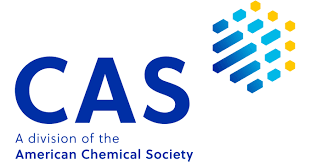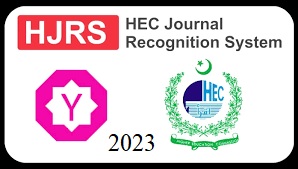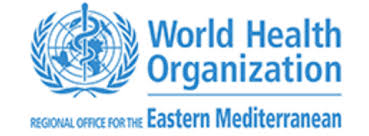Preparation of mucoahesive tablets of famotidine by wet granulation method and its in-vitro testing
DOI:
https://doi.org/10.56770/jcp2019322Keywords:
Famotidine, HPMC, Tragacanth, MucoadhesiveAbstract
Objective: Famotidine is a histamin H2-receptor antagonist.The aim and objective of the present work is to
formulate and evaluate mucoadhesive tablets of famotidine. It is also foused on the selection of mucoadhesive
polymer & its activity in various combinations & ratios. The poor bioavialability & shorter half-life suffice the
development of controlled release mucoadhesive formulation. Method: Mucoadhesive tablets each containing 20mg of famotidine were prepared by conventional wet granulation method employing as mucoadhesive materials. A batch of 50 tablets was prepared, in each case a blend of 1 gm of famotidine with different polymers addition in
different strengths with required 40mg lactose as diluent achieved after titration which were then grannulated along with a solvent blend if water and ethyl alcohol. Results: The flow properties of all five batches were in between fair and passable. Hardness of tablets ranged from 6.9-8.2 kg/cm2 and the percentage friability was between 0.25-0.79 %. The drug content uniformity in the mucoadhesive tablets was 96.49-104.81%. The surface pH study was within the range from 6.7-7.4. From all formulations, over 20% of the famotidine was release within first hour of dissolution study. In the present study the formulation FT04 (tragacanth & HPMC ) has shown cumulative percent drug release of about 80.762% in 12 h. Conclusion: From the results we concluded that formulation containing famotidine with HPMC & tragacanth has given better drug release property than the other four formulations & the wash-off test has shown that this formulation (FT04) has better mucoadhesive property.
Downloads
Published
How to Cite
Issue
Section
License
Copyright (c) 2020 The authors retain the copyright without restriction.

This work is licensed under a Creative Commons Attribution 4.0 International License.









